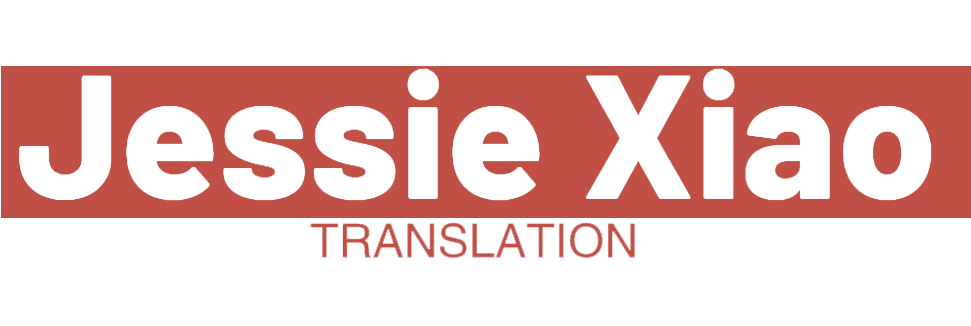The difficulties in document translation mainly manifest in the following aspects:
Linguistic Differences: Translation involves the conversion between the source language and the target language. Different languages possess unique vocabularies, grammars, sentence structures, and expressions. Ensuring the accurate transmission of the original meaning while maintaining the fluency and naturalness of the language is a significant challenge in the translation process.

Cultural Background: Language is the carrier of culture. Translation is not just about linguistic conversion, but also involves the transmission of cultural backgrounds. Accurately understanding and expressing the cultural elements, customs, and values in the original document to ensure that the readers of the target language can understand and accept them is a challenging task.
Professional Knowledge: Many documents involve specific professional fields, such as law, medicine, technology, and business. In these areas, accurate translation of terminology and proper nouns is crucial. Translators need to possess extensive professional and background knowledge to ensure the accuracy of the translation.
Document Format and Layout: Document translation usually requires maintaining the format and layout of the original document to facilitate the reader's reading and understanding. However, there may be differences in characters, fonts, line spacing, etc., between different languages, which poses difficulties in adjusting the format and layout during the translation process.
Confidentiality and Security: Some documents may contain sensitive or confidential information, such as business secrets and personal privacy. Ensuring that this information is not leaked or misused during the translation process is an important issue that translation service providers need to face.
To overcome these difficulties, translators need to continuously improve their language proficiency and professional knowledge, while adopting advanced translation techniques and tools to ensure translation quality and efficiency. In addition, translation service providers also need to establish sound confidentiality systems and security measures to protect the privacy and information security of their clients.
